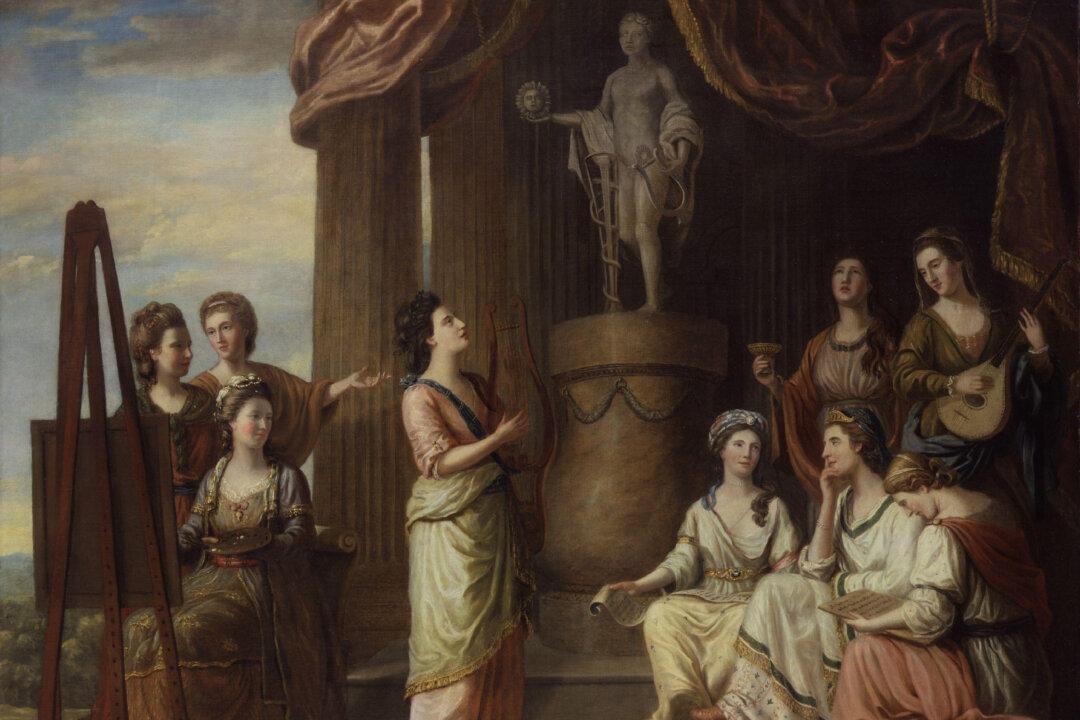Today it is hard to imagine that the national government would spend millions of dollars to put unemployed artists to work for the good of the country.
But that is precisely what happened in the United States at the height of the Great Depression. There has been a lot of talk lately about the “worth of the humanities” and of the creative arts in particular.
In the 1930s Harry Hopkins, the head of the Works Progress Administration (WPA), oversaw the Federal Art Project (FAP), one of the New Deal cultural programs. Hopkins repeatedly stressed “that the objective of this whole project is … taking 3,500,000 off relief and putting them to work.”
Art has always been and continues to be a source of value. In the America of the 1930s, artists and their labor were considered to be important cultural assets. This expanded definition of art and its worth presents an opportunity for us today to reconsider how we designate cultural value.


